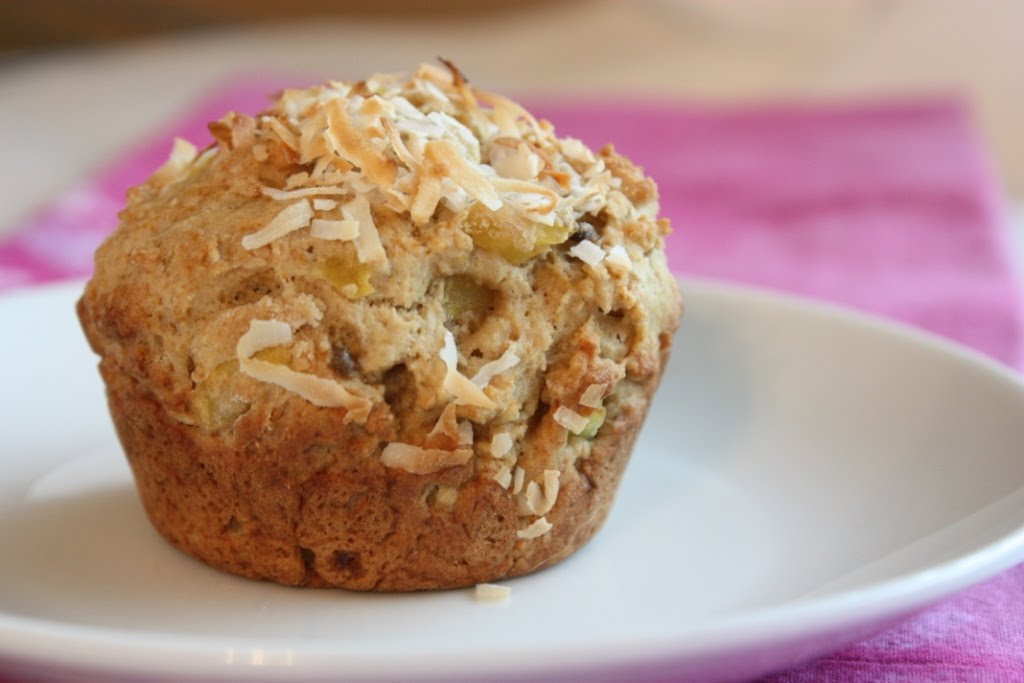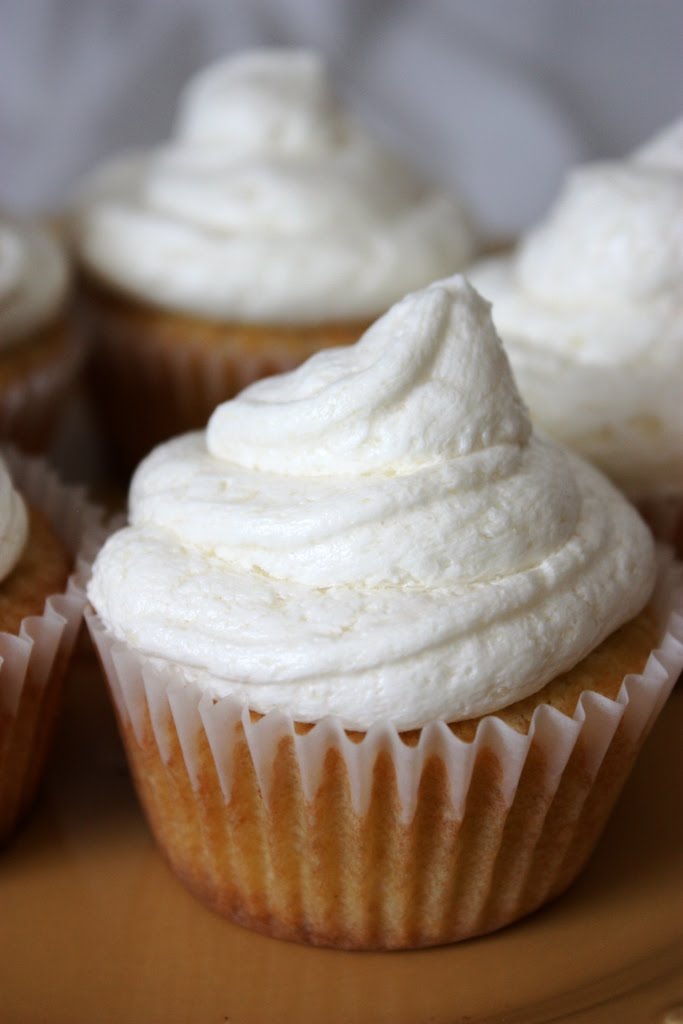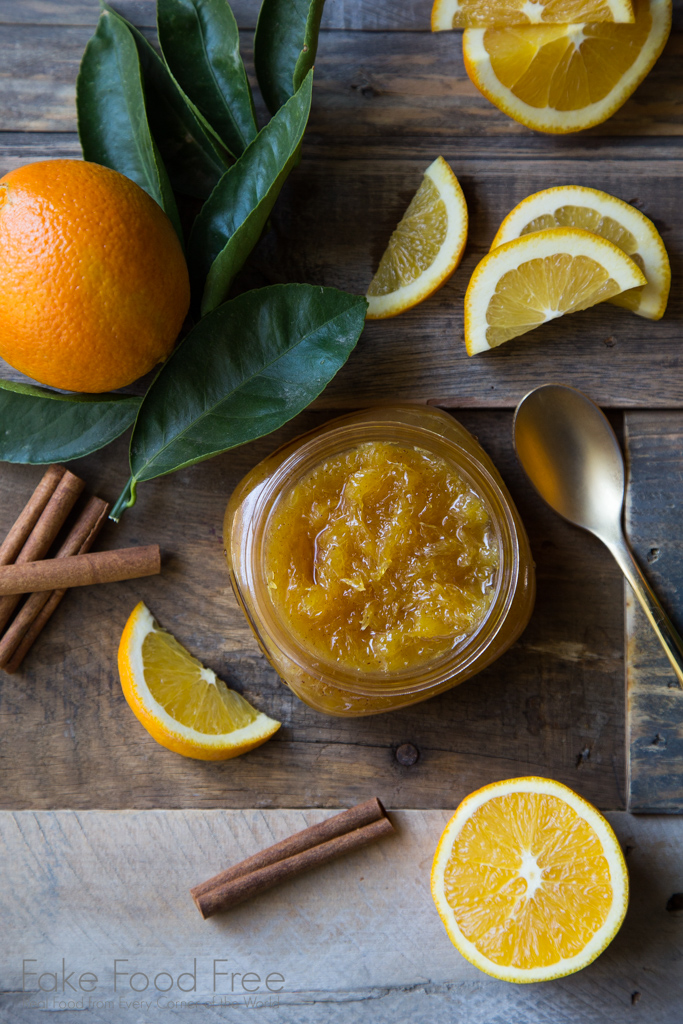
Citrus is such a highlight in the winter. I look forward it every year. The oranges, lemons, and mandarins – there are so many varieties to choose from around here.
The season is just getting started and navels have started popping up at the farm stand.
As soon as I spotted that the local, in-season oranges had arrived, I knew exactly what I was going to make.
My friend Emily just recently published her book, The Joys of Jewish Preserving. If you’ve read my blog long, you know my journey with preserving. I did a lot of preserving when we lived in Kentucky as a way to use up the produce from our garden.
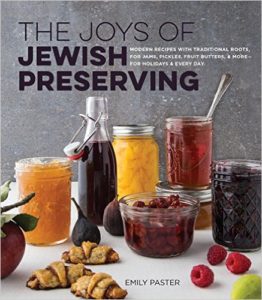
Then two things happened. I got burned out. I had way too many jars of jam and salsa for us to eat and share.
I still like to preserve foods, but I seek out small-batch options, things I know we can use up.
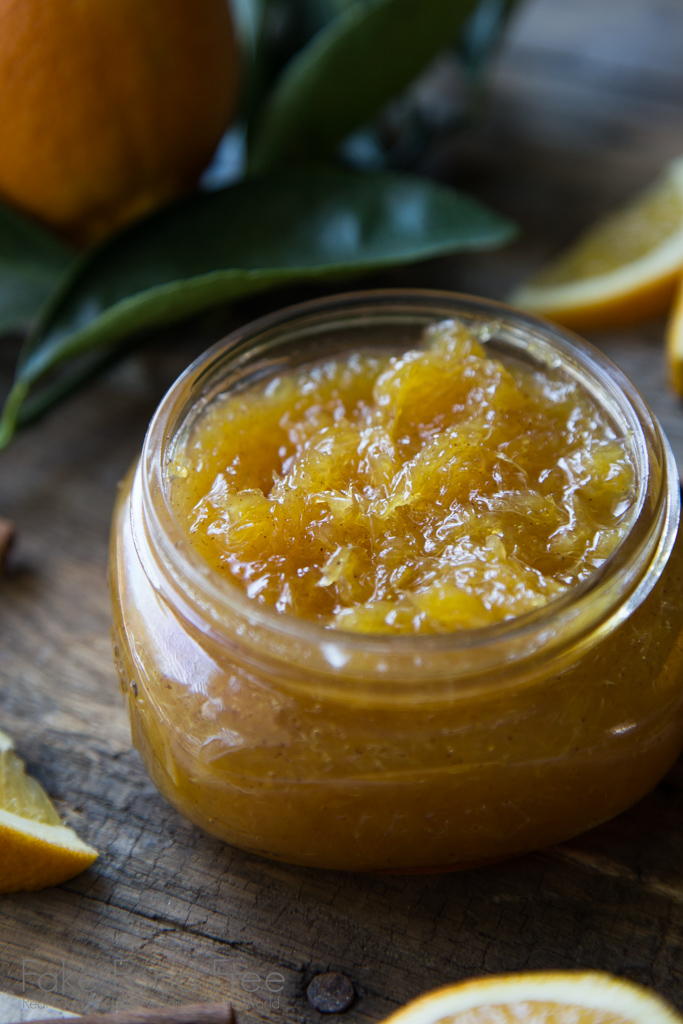
Emily’s book is full of great ideas for preserving things like jams, conserves, pickles, and sauerkraut intertwined with an explanation of Jewish traditions that relate to the foods.
AND many of them are small batches, two, four, six jars and only 8-ounce jars, too.
After seeing the recipe for Jaffa Orange Jam, I knew I wanted to make it around the holiday season because of the touch of cinnamon added. Emily explains that Jaffa oranges are an important export for the state of Israel.
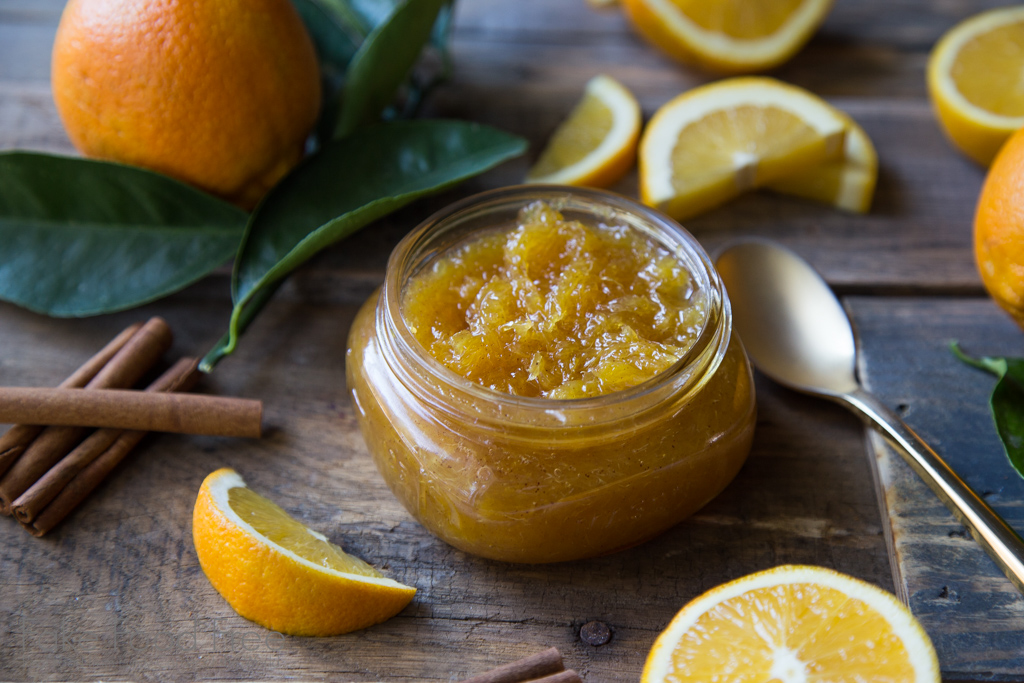
We don’t have Jaffa oranges around here, but I was hoping to hold out for cara cara as she suggests in the headnote. Being impatient and wanting to get this post up before the holiday season so you can make the jam and consider the book as a gift idea, I went for navels.
If you don’t like orange marmalade, this jam is for you. It’s all oranges, no peel or bitterness. It would be a lovely addition to a holiday breakfast or brunch, or you can incorporate it into cookies like I did. I’ll have that recipe up for you tomorrow.
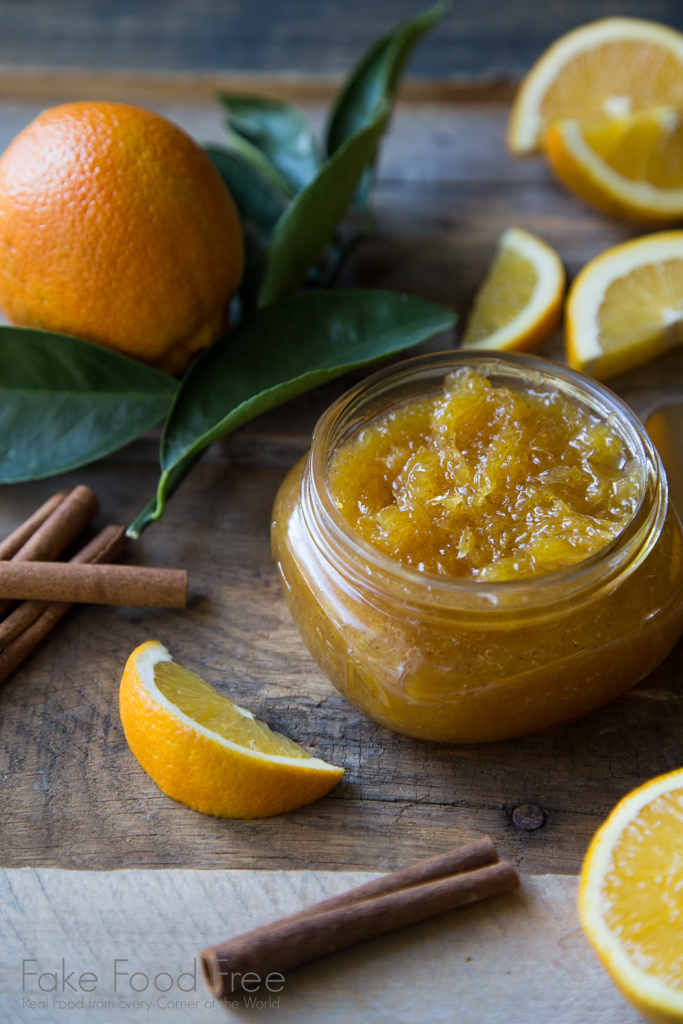
Jaffa Orange Jam
Recipe reprinted with permission
From the book:
Oranges appear frequently in Sephardic desserts ranging from baked goods to custards, and even in some Sephardic versions of charoset. Sephardic cooks also preserve with oranges frequently, making jams, marmalades and candies or dulces. Today, oranges, particularly the famous Jaffa orange, are an important export for the state of Israel.
While orange marmalade is more common, I prefer orange jam because it is less bitter and does not contain large pieces of peel. This is a simple and sunny jam that is best made in the dead of winter, when citrus season is at its peak. Experiment with different varieties, beyond the ubiquitous Navel, from Cara Caras to blood oranges. While supreming the oranges is tedious, do not be tempted to skip this step. The membranes will make your jam unpleasantly bitter.
Makes three 8-ounce jars
What you’ll need:
10-12 large oranges
2 1/2 cups sugar
1/2 cup fresh lemon juice
1/2 tsp cinnamon
How to make it:
Prepare a boiling water bath and heat three 8 oz jars. Place a saucer in the freezer to chill.
Supreme the oranges. Carefully cut off the top and bottoms of the oranges. Use a small knife to cut off the peel and pith from the sides. Then, working over a bowl to catch the juice, cut the orange flesh away from the membranes in sections, and drop into the bowl. Continue until you have five cups of orange flesh and juice.
Place the oranges in a large pot, and add the sugar and lemon juice. (The jam will bubble considerably as it cooks, so be sure to use a deep pot.)
Stir well, and set aside for ten to fifteen minutes so the sugar can dissolve.
Bring the pot to a boil over high heat, stirring frequently.
Once it boils, reduce the heat to medium, and continue to boil until the mixture has become much thicker, reduced by half or more, and reaches 220 degrees on a candy thermometer, about twenty-five minutes.
Test the jam for doneness using the wrinkle test: remove the saucer from the freezer and place a dollop of jam on it. Return the saucer to the freezer for one minute. Remove the saucer and push the dollop of jam with your finger. If it wrinkles, then the jam is set. If not, continue to cook and try the test again after a few minutes.
Add the cinnamon and stir to combine.
Ladle jam into clean, warm jars, leaving 1/4 inch headspace at the top of the jar. Bubble the jars and wipe the rims with a damp cloth.
Place the lids on the jars and screw on the rings just until you feel resistance.
Process the jars in a boiling water bath for ten minutes. Allow to cool in the water for five minutes before removing.
Store in a cool, dark place for up to one year
Note: The peels from the oranges may be used for making candied citrus peel. To do so, remove the peels according to the instructions on page — and place the peels in a container of cold water, and refrigerate until ready to use. They will keep for several days.


